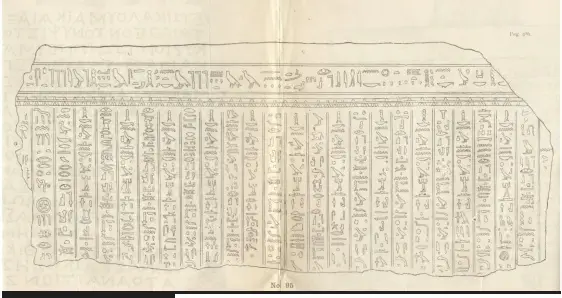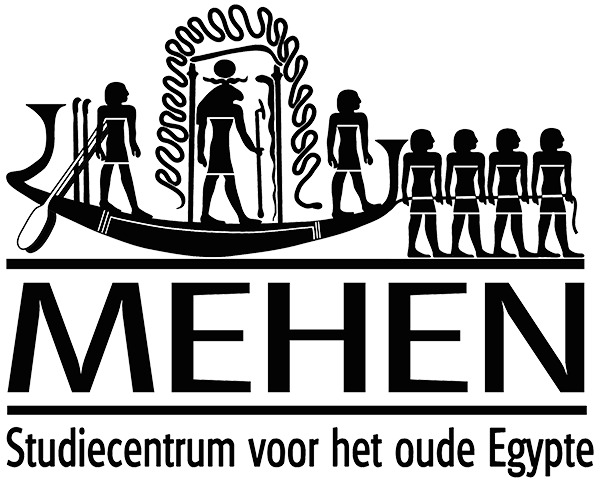Online lezing “On two ancient Egyptian fragments of sarcophagus lid, with inscription and homonymous owner.”

Online lezing “On two ancient Egyptian fragments of sarcophagus lid, with inscription and homonymous owner.”
door dr. Renata G. Tatomir op dinsdag 28 mei om 19.30 uur. Voor donateurs van Mehen en studenten gratis, voor anderen € 5,00.
Dr. Tatomir is director of the Center for the Study and Promotion of Egyptology, the East and the Mediterranean and director of the Department of Social and Natural Sciences of Hyperion University of Bucharest, Romania.
In the 2021 issue of the SCIVA journal (Tatomir 2021), in a study in Romanian (with a summary in English), I presented in detail a fragment of an Egyptian sarcophagus, attributed to a person named Paditem (Padiatem/Padiatum/Padiatoum), who lived in the 4th century BC. The fragment is inscribed with a part of the funerary text known as the Litany of Re and is part of the collection of Egyptian antiquities of the “Vasile Pârvan” Institute of Archaeology in Bucharest, under the inventory number E 196.
At the end of the study, I pointed out that, during my research and investigations on this piece, I identified two other fragments related to it. I identified one of them (which is the subject of the present study) when I came across the bibliographic source Patriarchate of Alexandria 2006 – 2016, Patriarchate of Alexandria, 2016 (with texts by Georgios Mylonas, Vassilis Chrysikopoulos and Antonis Bekiaris, p. 72-73). In this anniversary volume, Vassilis Chrysikopoulos, an Egyptologist and archaeologist from the Acropolis Museum, briefly mentions a fragment with an inscription from the sarcophagus of the priest Padiatem in the Alexandria Museum, illustrated with two photographs. At that time, based on the photographs and the homonymy of the two people found in the fragment E 196 and in the one in Alexandria Museum, I concluded that it is the same owner. Moreover, according to the arrangement and structure of the text, the inscription fragment in Alexandria may be a continuation in the upper right section of the same sarcophagus lid of the same ritual praise formulas from the Litany of Re, which are also present on the fragment in the “Vasile Pârvan” Institute of Archaeology. Basically, the columns with addresses to the manifestations of Re starting on piece E 196 continue on the fragment in Alexandria. At that time, I noticed a discrepancy between the two inscriptions, in the manner of writing the Litany of Re, which could perhaps indicate the handwriting of a different scribe. However, I must specify that I did not have access to the fragment in Alexandria in its physical form, hence I based my opinion on available photographs only. Following an in-depth analysis of the Alexandria fragment, some clarifications are required now, which will be presented hereinafter.
The existence of another (third) fragment was brought to my attention on the occasion of the 12th International Congress of Egyptologists held in Cairo on November 3rd-8th, 2019. During the congress, Dr Åke Engsheden (Stockholm University) presented a paper about another fragment of the same sarcophagus, which he identified and prepared for publication. This fragment is in the Medelhavsmuseet in Stockholm and consists mainly of figures and a few small fragments from the Litany of Re and from Chapter 72 of the Book of the Dead.
The current talk aims to expand and detail the previous study from SCIVA 72, 2021, by joining the photographs of the two fragments visually and discussing/analysing these two fragments together – E 196 and Alexandria –, their transliteration and translation, and, based on the graphic and stylistic peculiarities, to highlight those elements that support the hypothesis that the two pieces belong to the same Egyptian sarcophagus. The scientific Egyptological results are under publication (2024) with “Vasile Pârvan” Institute of Archaeology in Bucharest.

